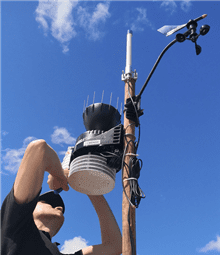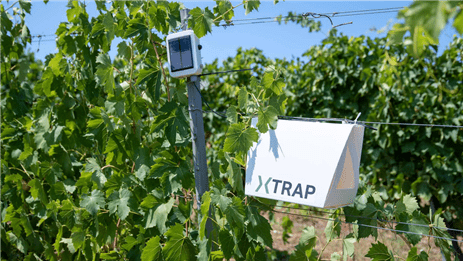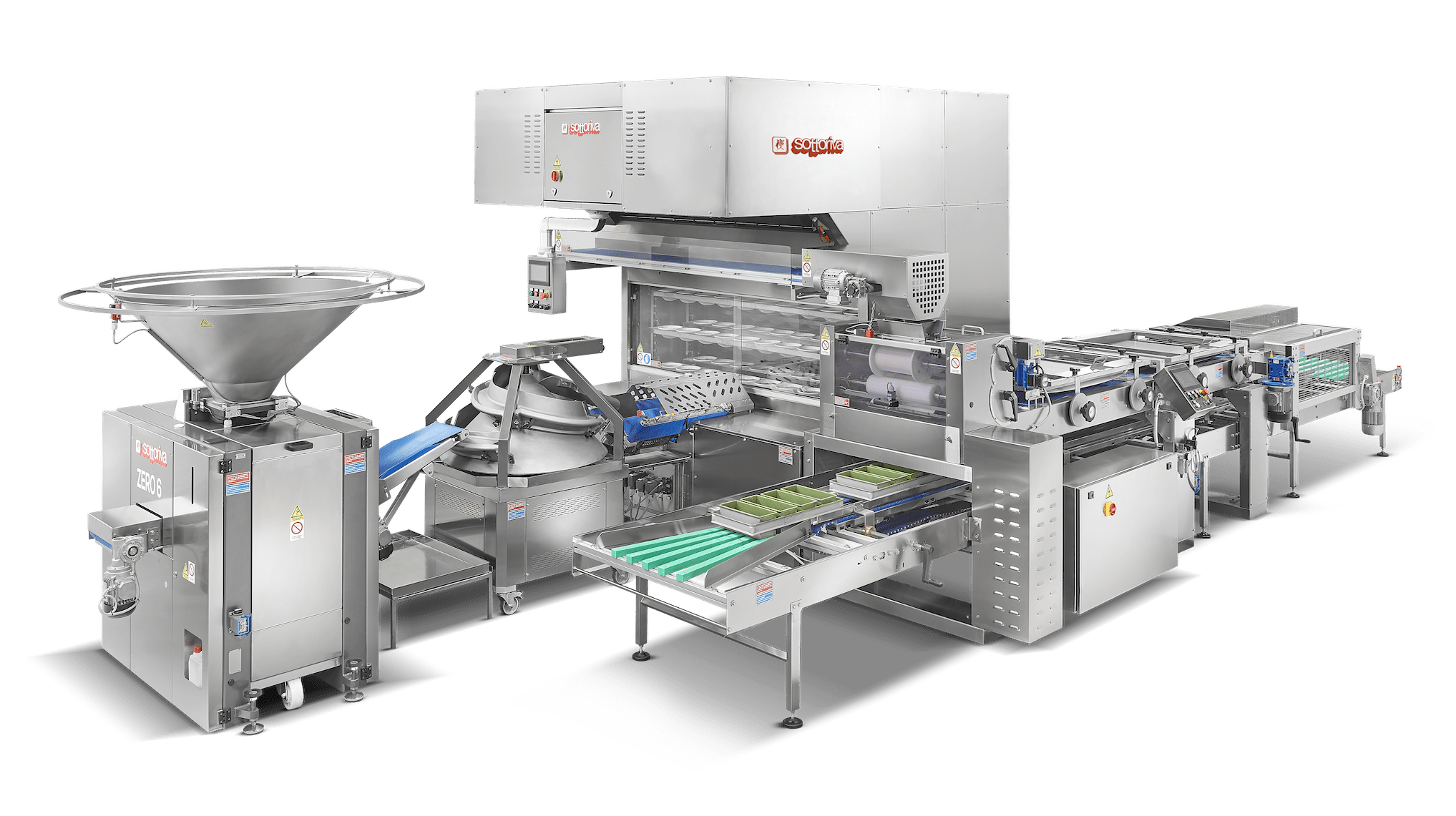
From small family-run farms to multinationals, many operators now rely on technology to monitor their production. It’s not so much a change of direction, but the application of new tools, enabling an unprecedented saving of energy and labour costs. Welcome to agriculture 4.0
Everything is monitored in today’s world, from calorie consumption to the number of kilometers a car can travel on a full tank, from sleep quality to the real-time performance of our investments. Can agriculture afford to lag behind? Certainly not.
Moved by this precise vision, Matteo Vanotti, the farmer’s son and engineer who founded xFarm, has chosen to place intelligent resources at the service of an industry that moves at the pace of nature, to facilitate those who supply us with food, starting from the seed.
While dreaming of an app to manage his own company, Vanotti happened to meet xFarm Technologies, a firm specialized in agronomy and algorithms applied to irrigation. That was in 2019 and, since then, agriculture 4.0 has become a trending topic.
In 2021 the two Italian start-ups merged to become xFarm Technologies. 6% of Italian arable land is comprised in their network, 90,000 farms have literally applied their technologies in the field. The advantages of such a choice are recounted by Nicolò Barbano, Marketing manager of xFarm Technologies.
Barbano, what distinguishes traditional farming methods from technology-driven farming?
“I could sum it up in one word: optimization. Technology supports decision-making by enabling the optimization of practically all resources. The first thing that comes to mind is water: by monitoring such parameters as the weather forecast and humidity, we can achieve a saving in water consumption of up to 40%.
Likewise, in the ambit of plant protection (and we know how aware consumers are of residue on food products), we can limit the consumption of plant protection products by up to 10%. If that figure sounds irrelevant, let’s consider the real cost of administering plant protection in terms of machinery usage and man hours.”
How can a farmer know in advance how much plant-protection product to use?
On which data do you base this decision? «We work on two fronts with two different types of treatment. Regarding plant fungus, we measure the environmental parameters, and we cross-reference them with weather forecast data to calculate humidity levels which, as you well know, impact the presence and development of fungi.
As far as insects are concerned, we have designed special traps which attract them and analyze the previous generation’s population. In this way, we are able to forecast the number of eggs and the entity of the new generation, and therefore optimize the decision as to whether and when to intervene to protect the crops»
That’s quite fascinating. What sort of clients employ your services?

«People of all kinds, really. We work for small firms run by farmer-entrepreneurs who “fall in love” with apps and almost enjoy themselves during the monitoring of the process, and then there are multinational companies that take our technologies to the other side of the world, to Brazil or Colombia, to monitor hectares and hectares of coffee plantations.
But there are also clients that you would never expect to encounter, such as companies that manage woodlands and national parks on the Apennines, or farms run by chefs and famous footballers. We started out as a niche operator but now the mainstream market is showing great interest».
Driven by a greater attention to sustainability?
«Certainly, it’s a very topical issue. The sort of sustainability we refer to is extremely extensive and consists of reduced consumption. It is the sustainability that derives from saved actions, in terms of resources energy and time.
Then, as far as the processing supply chain is concerned, until recently, we merely estimated the impact of production but now we can even calculate each individual process and offer corrective tools, in agreement with the company agronomists. In this way, decision-making becomes a mindful process.
Did we use the wrong fertilizer? Fine, for the next crop we will take the necessary corrective actions to reduce the impact leading up to the end-product».
What sort of crops are supported by your platform?
«There are as many as four hundred of them. But the most common crops in Italy amount to about twenty, cereals first and foremost, followed by vines, fruit, and olives. We were fortunate to start up in a country like Italy which has a wide variety of crops. This has given us the possibility to consolidate our expertise and satisfy the most diversified requirements».
What can you tell us about public funding?
«There are various types of grants, all focused on agriculture 4.0. They really have changed the look of this sector. I refer to the heavy investments in agricultural machinery: how many farmers have renewed their fleet in the past two years?
This has been an interesting opportunity, enabling us to extend our technology to the fleets. So, today’s farmers can monitor their machines in real time. It’s all part of one big monitoring system that responds to the idea of optimization»
Are we witnessing a sort of revolution in this business?
«A radical change is taking place and we can see it happening. Just three years ago, we set up our company and today six per cent of Italian fields are already managed by means of xFarm Technologies. When we entered the market, we placed the accent on trust as our key value.
This is a trade in which word of mouth plays an important role, one in which trust is essential and we know the farming business because our founder has the same DNA, so to speak.
We are now working on mindfulness: we hold educational sessions in schools with projects aimed at training students and teachers in the ambit of agriculture 4.0, and we even go as far as digitalizing the school’s teaching activities.
Furthermore, we have founded an Academy targeting technical operators, experts, agronomists, and farmers. This is another way to promote culture, because change can only stem from awareness».
Quite true. What will your next steps be?
«Our biggest piece of news is that we are opening an office in Barcelona in the coming weeks, to serve the Spanish, Portuguese and Moroccan markets. As I already mentioned, we started business in a complex country, whose agriculture is highly variegated. We are now going to address these countries which are decidedly more straightforward. We will also be taking our solutions there, and we are more than ready to do so»








